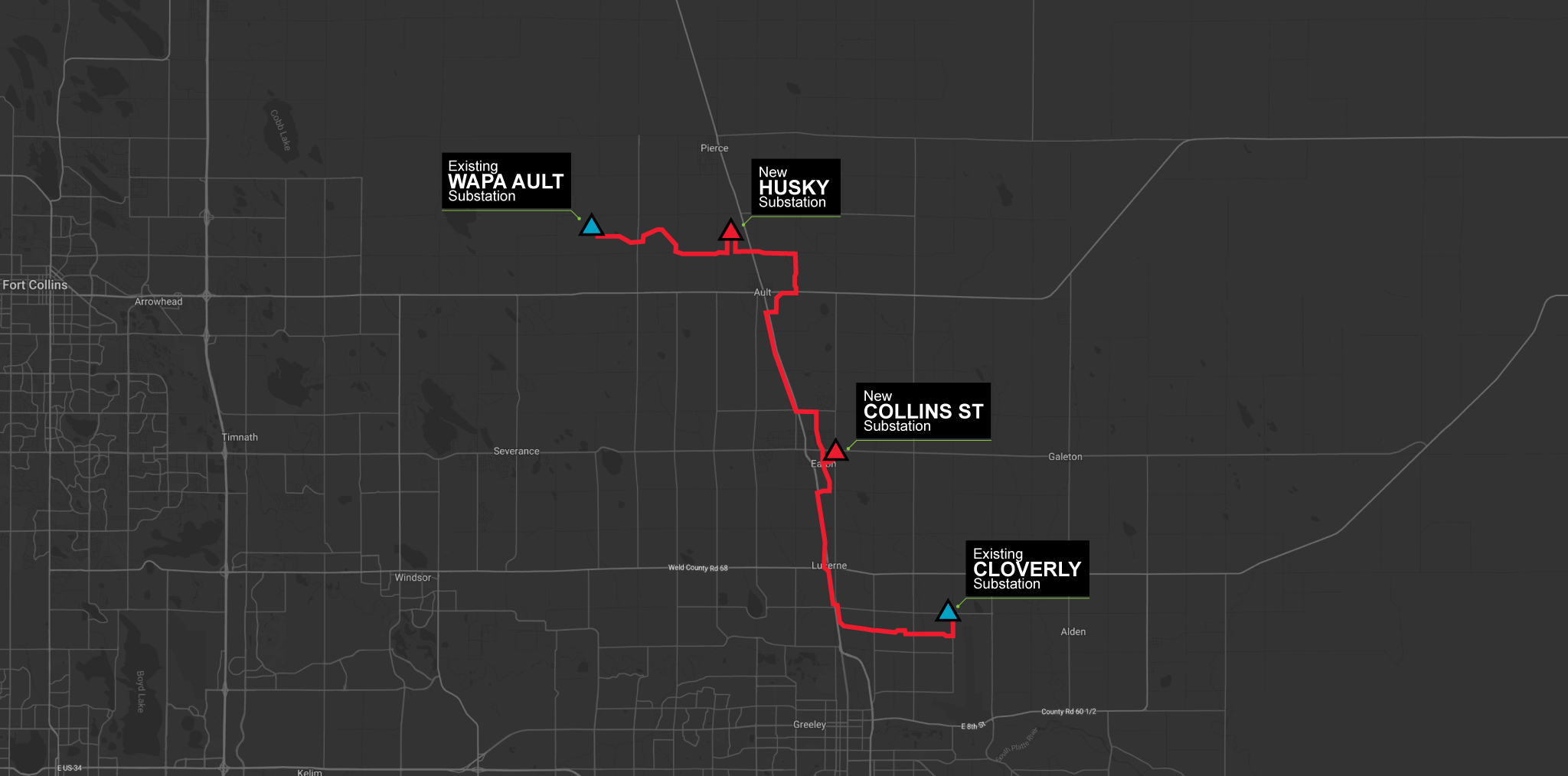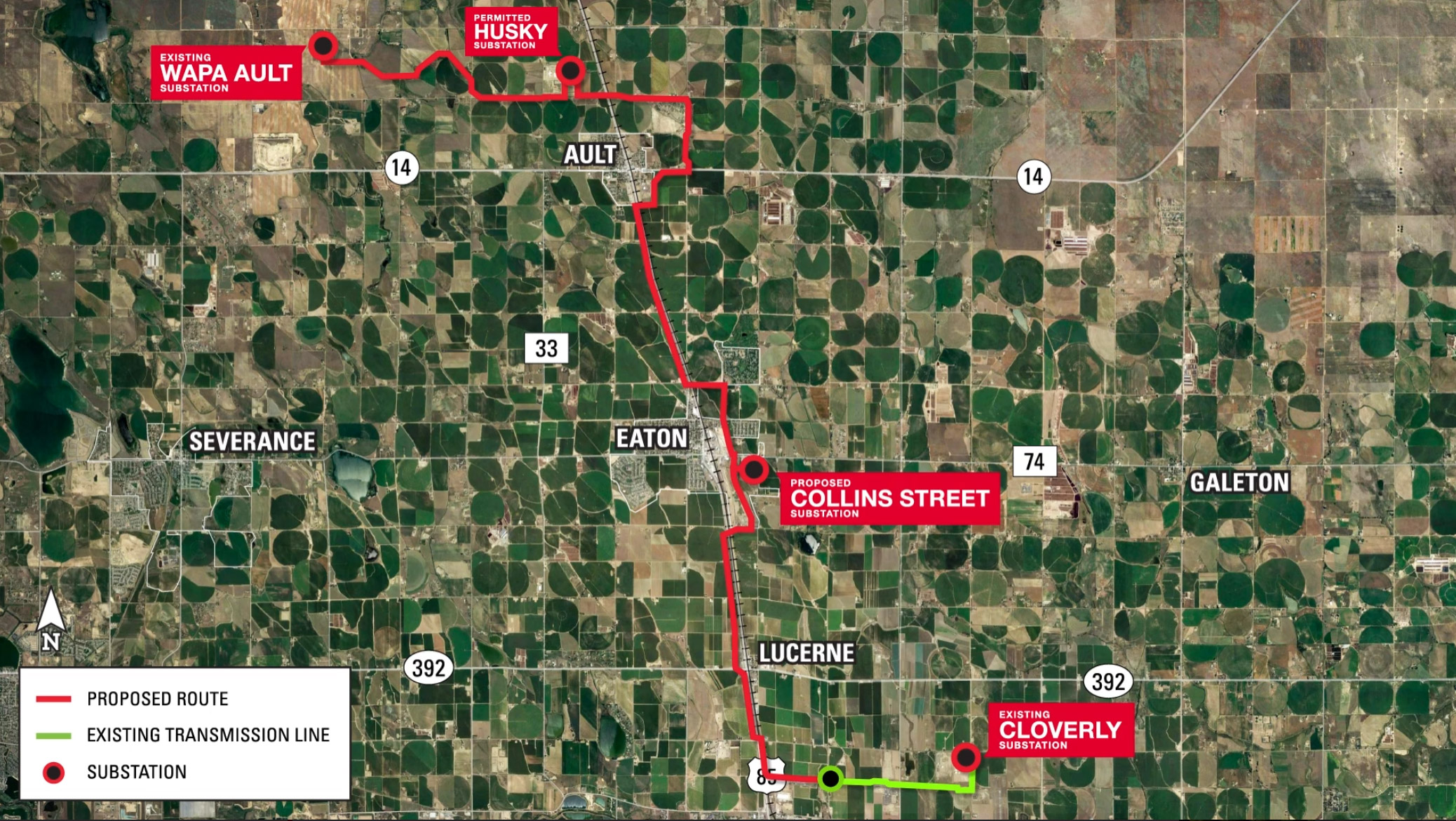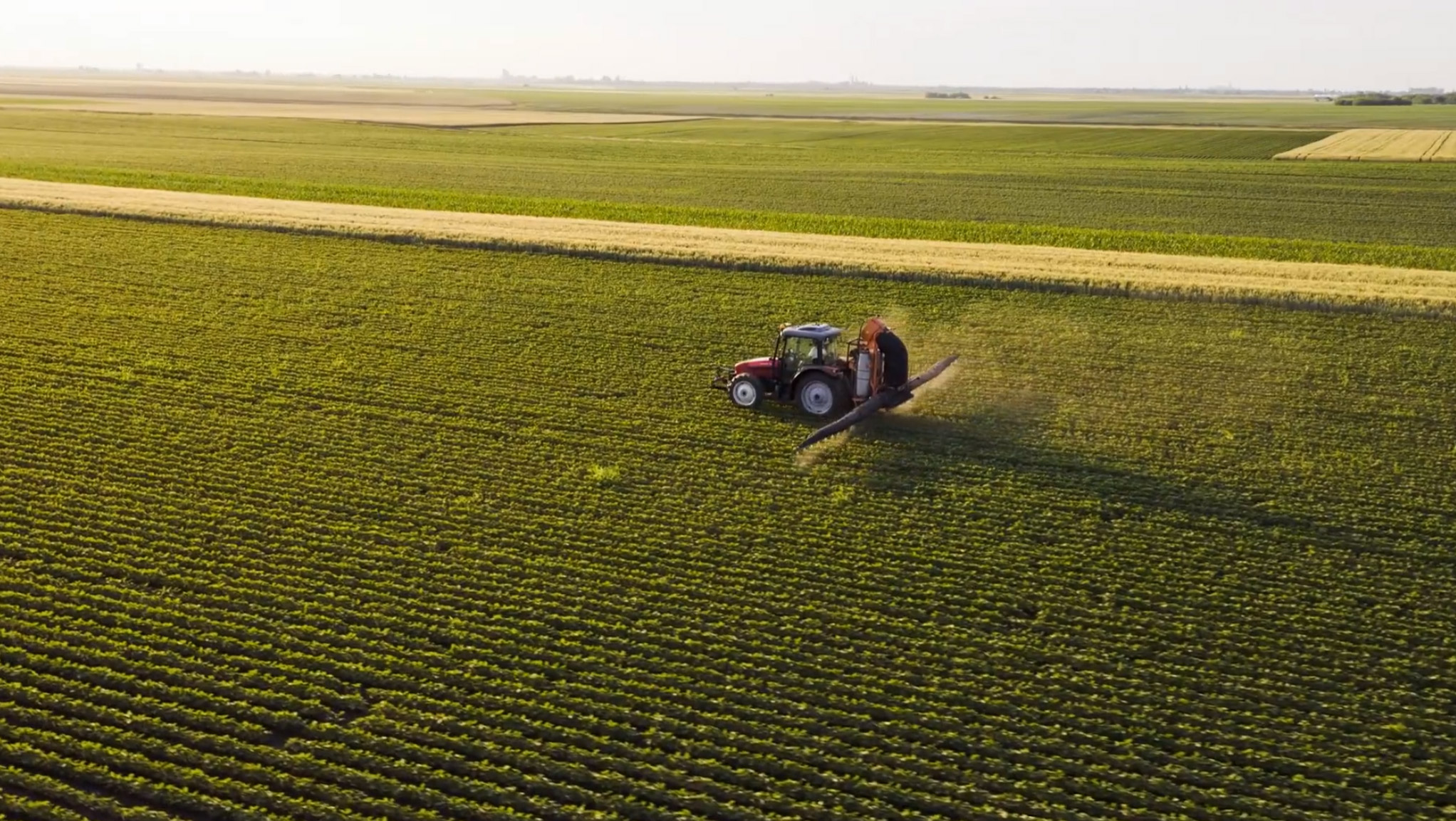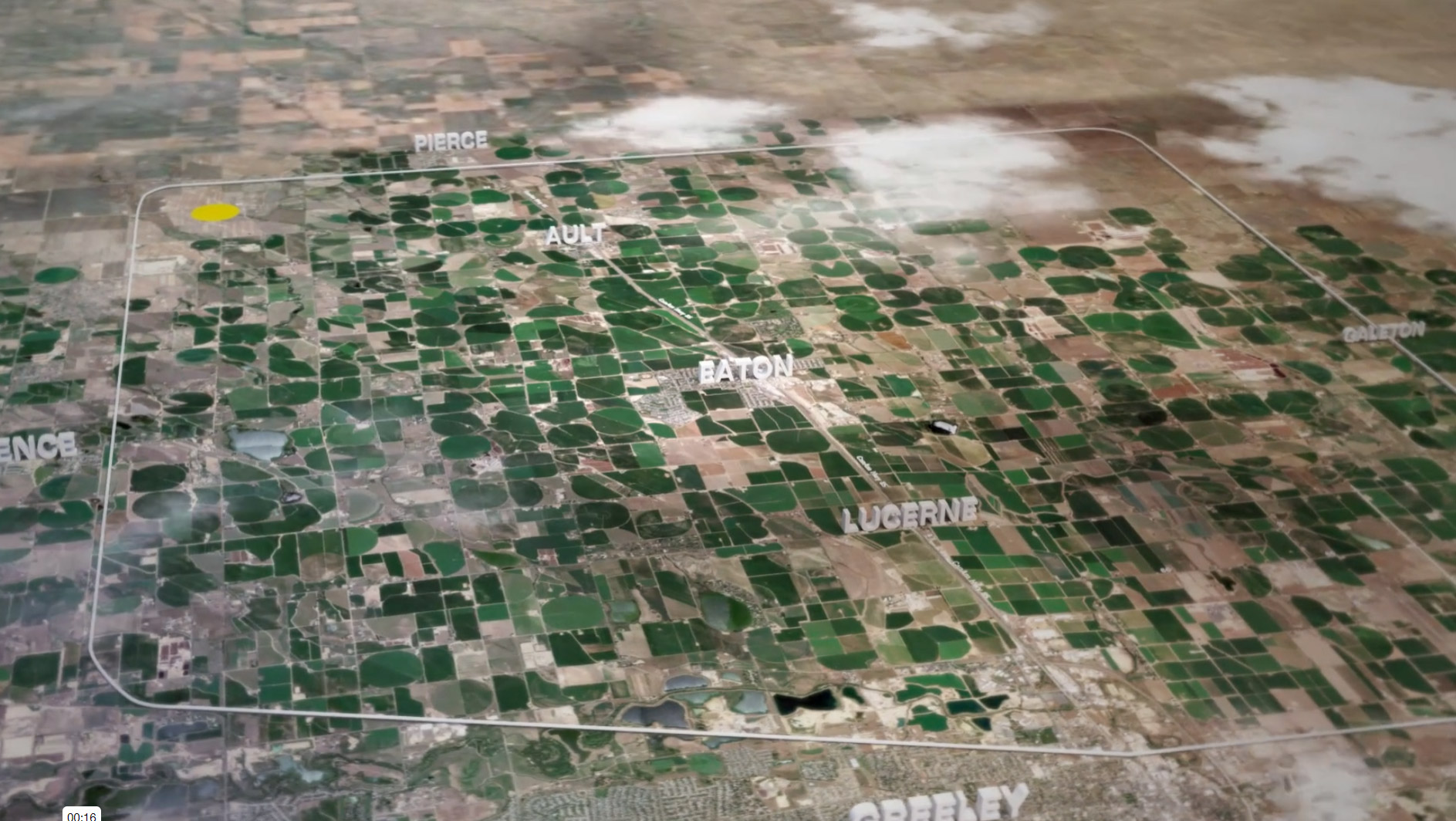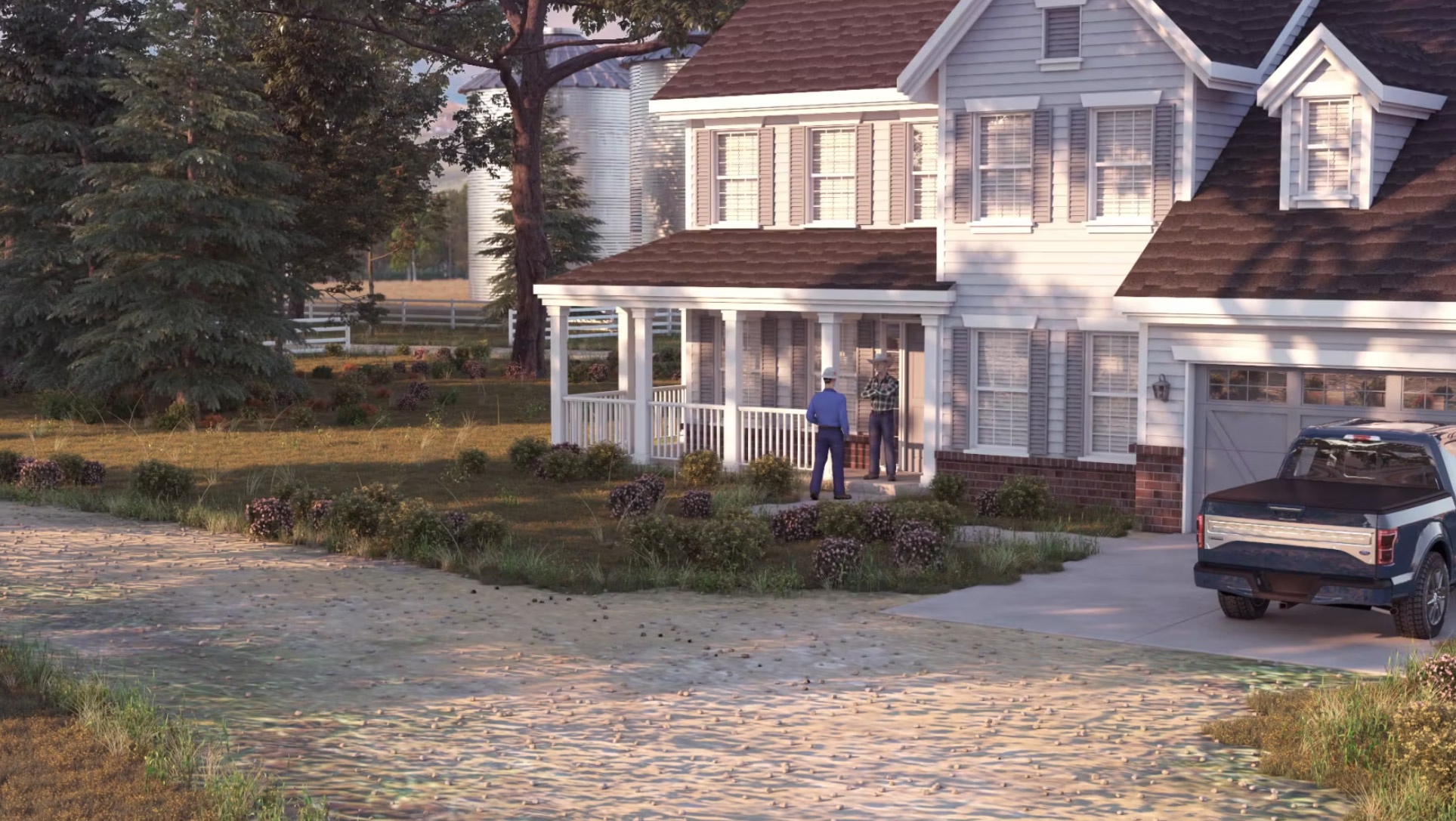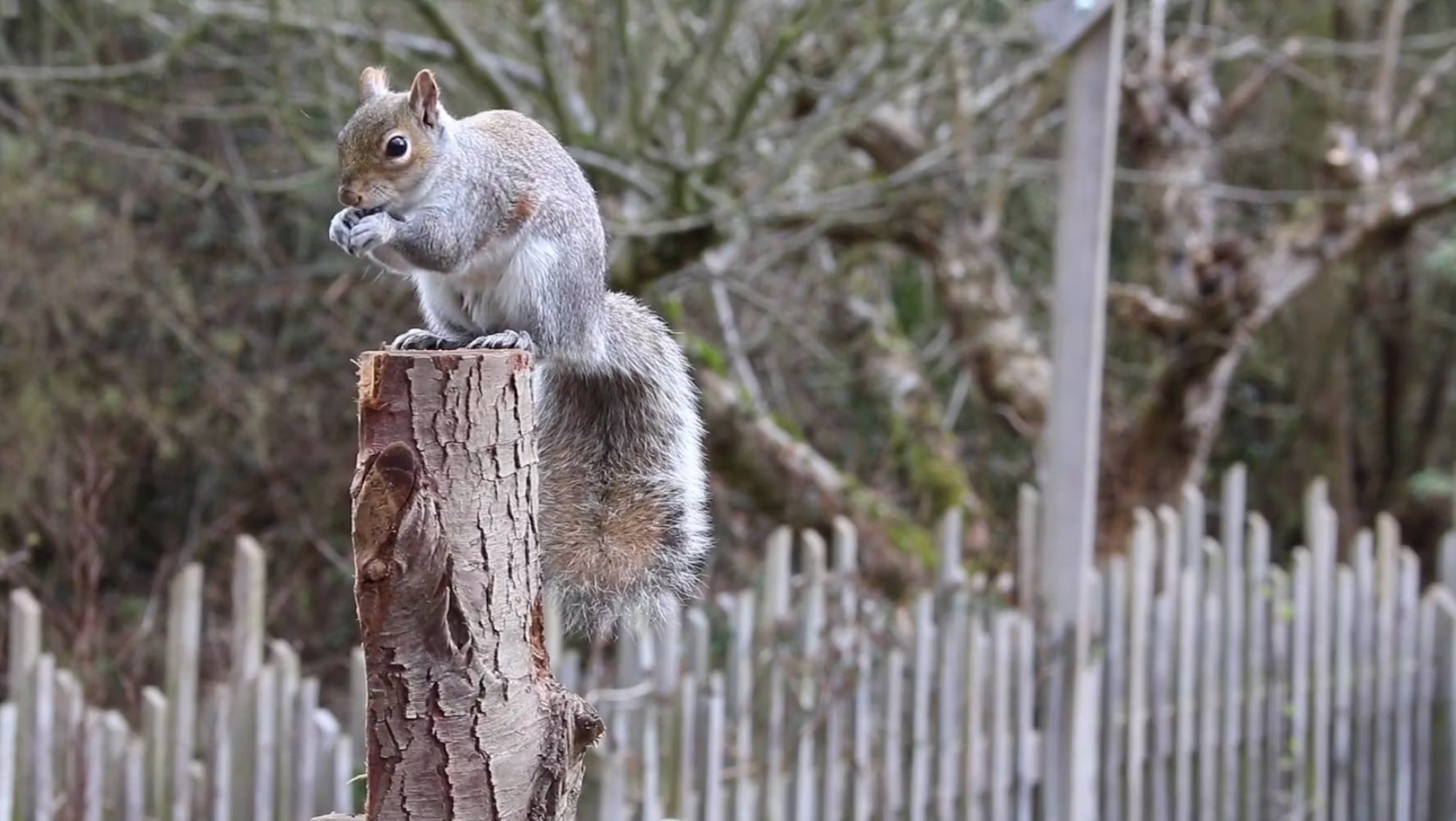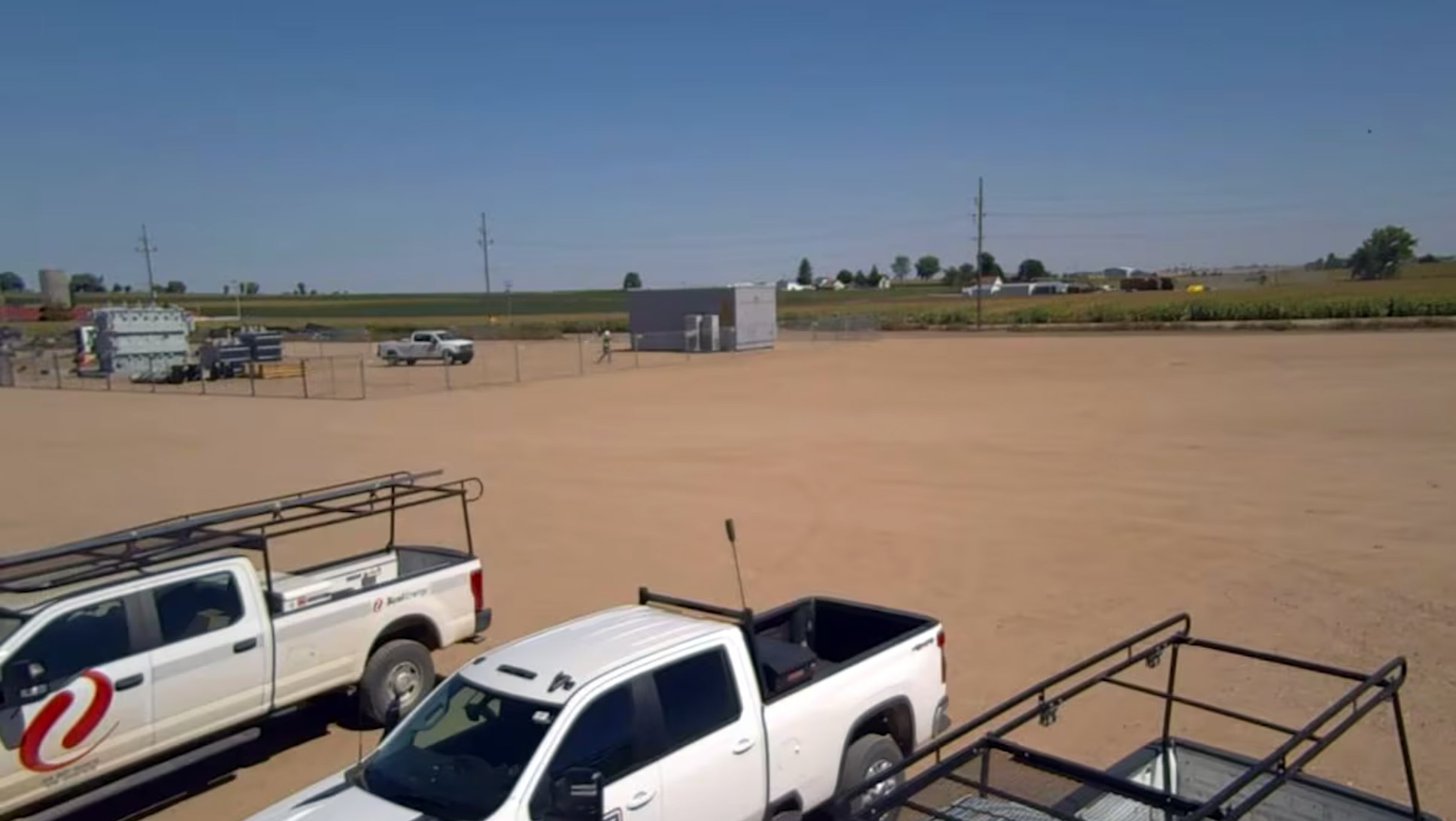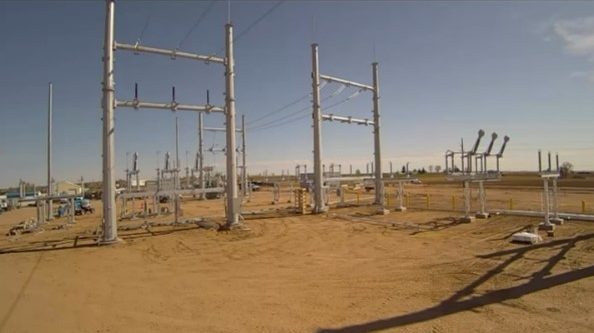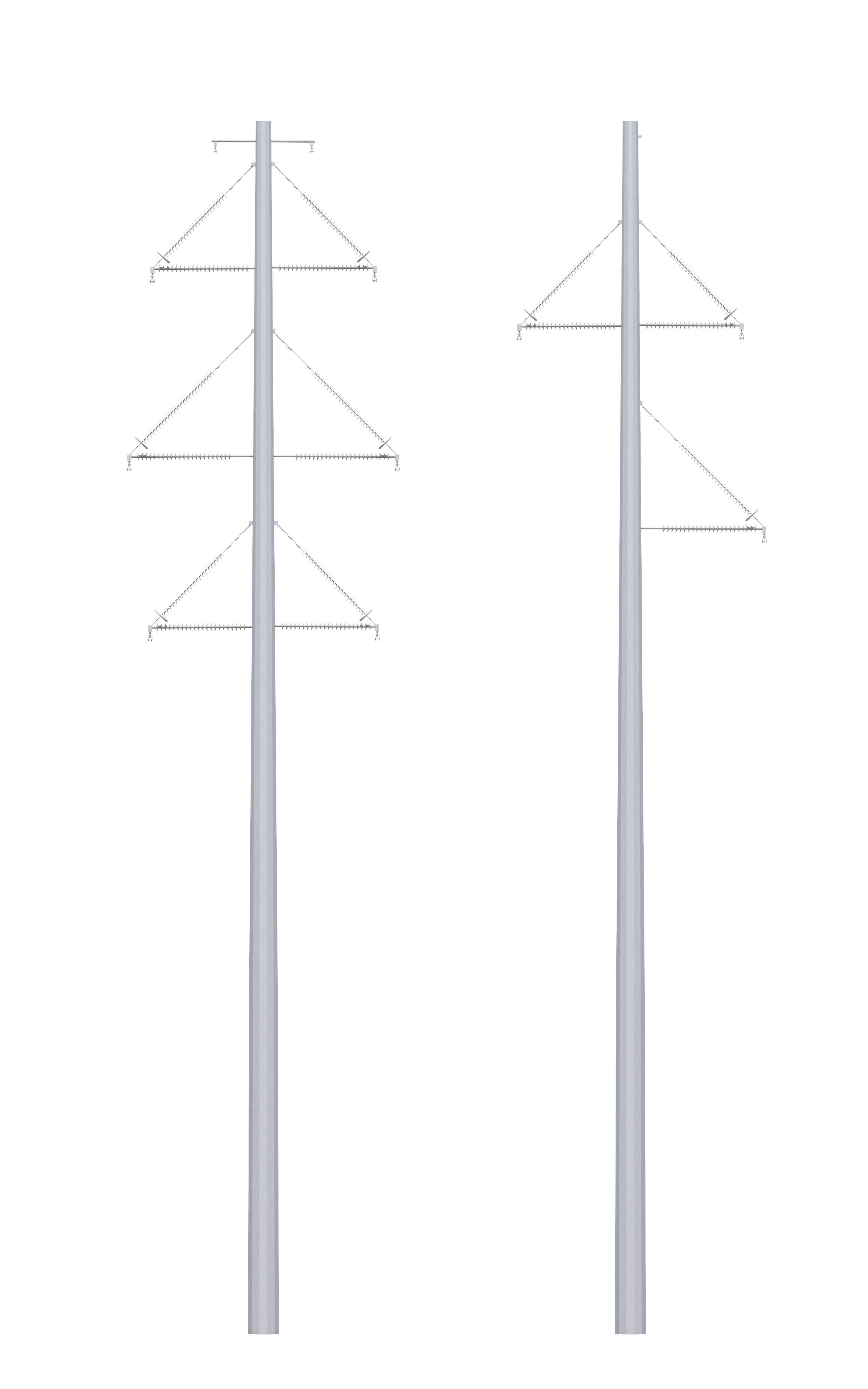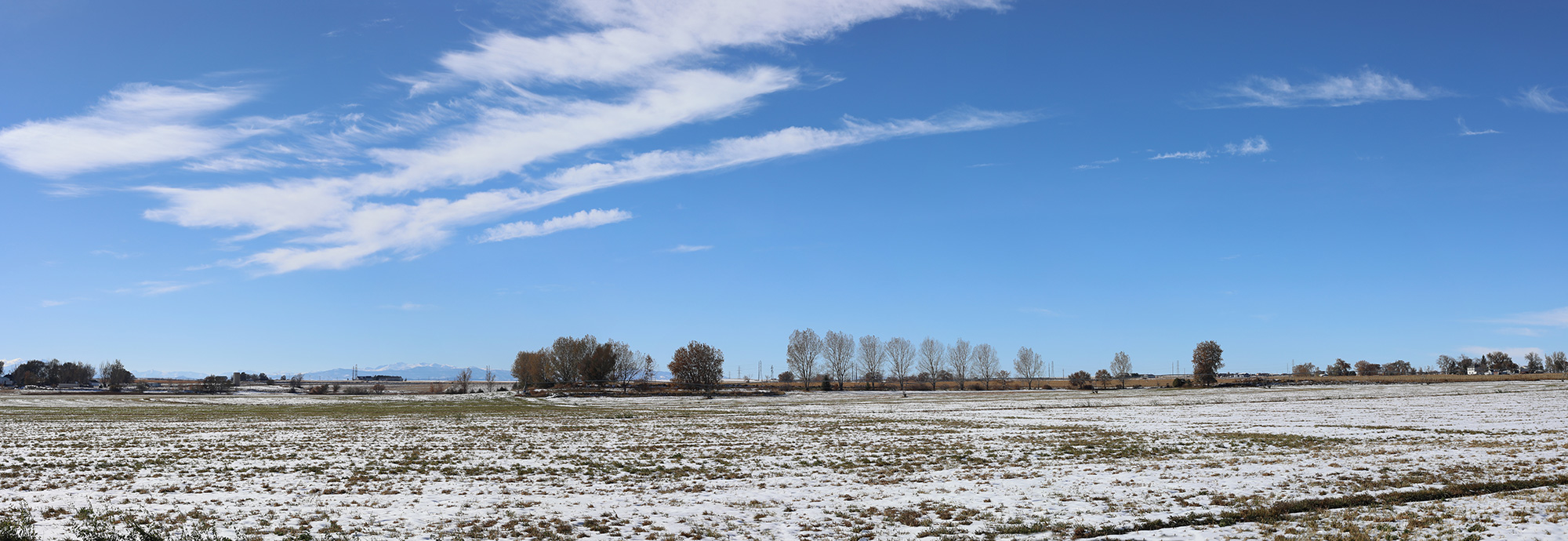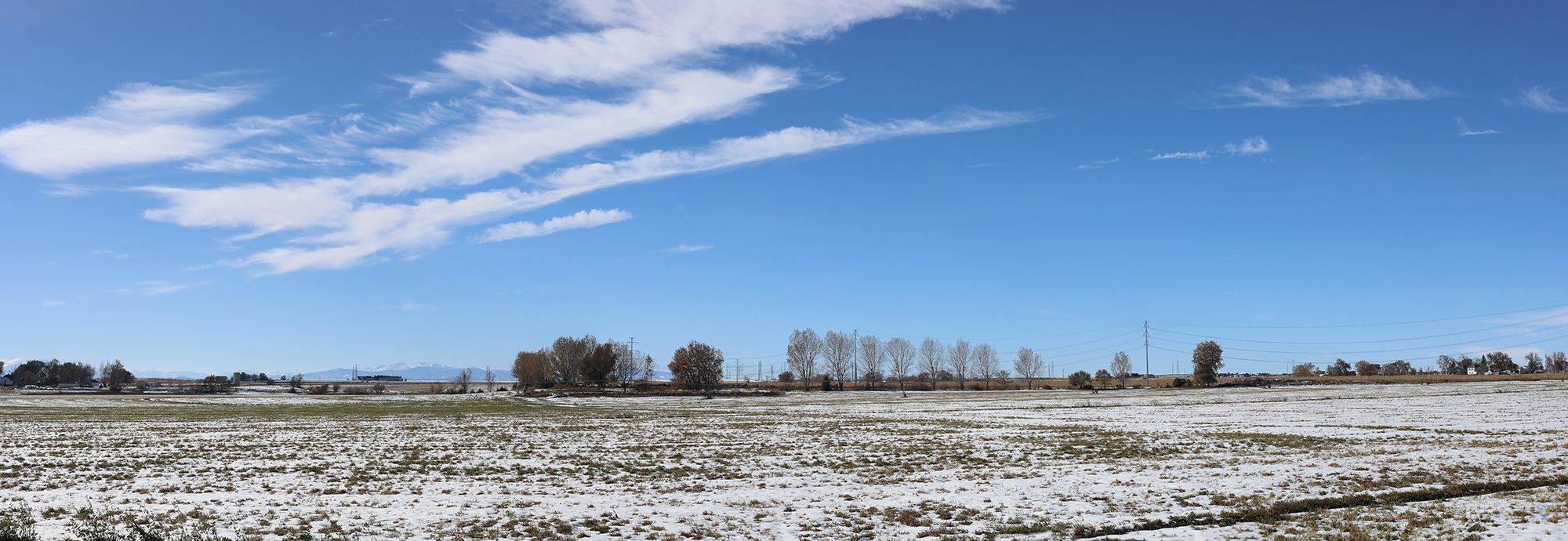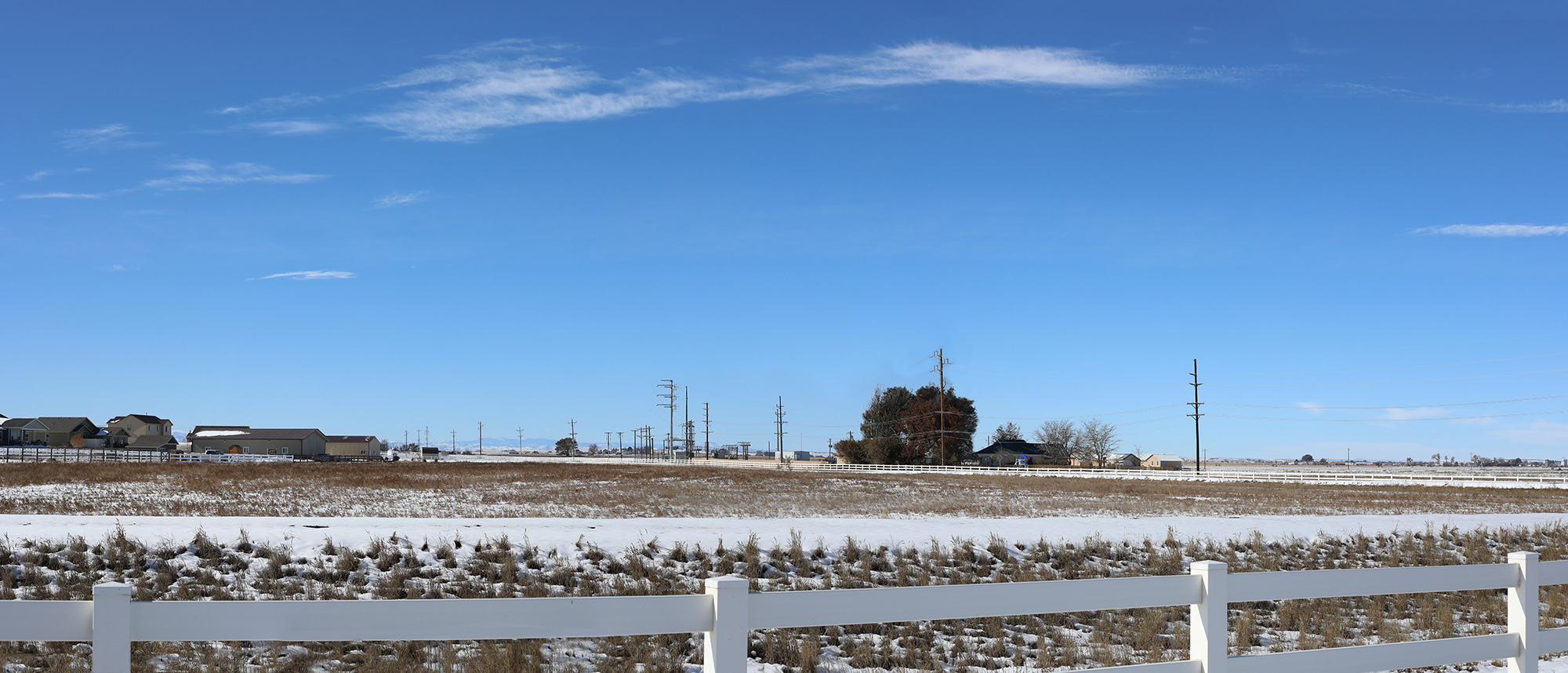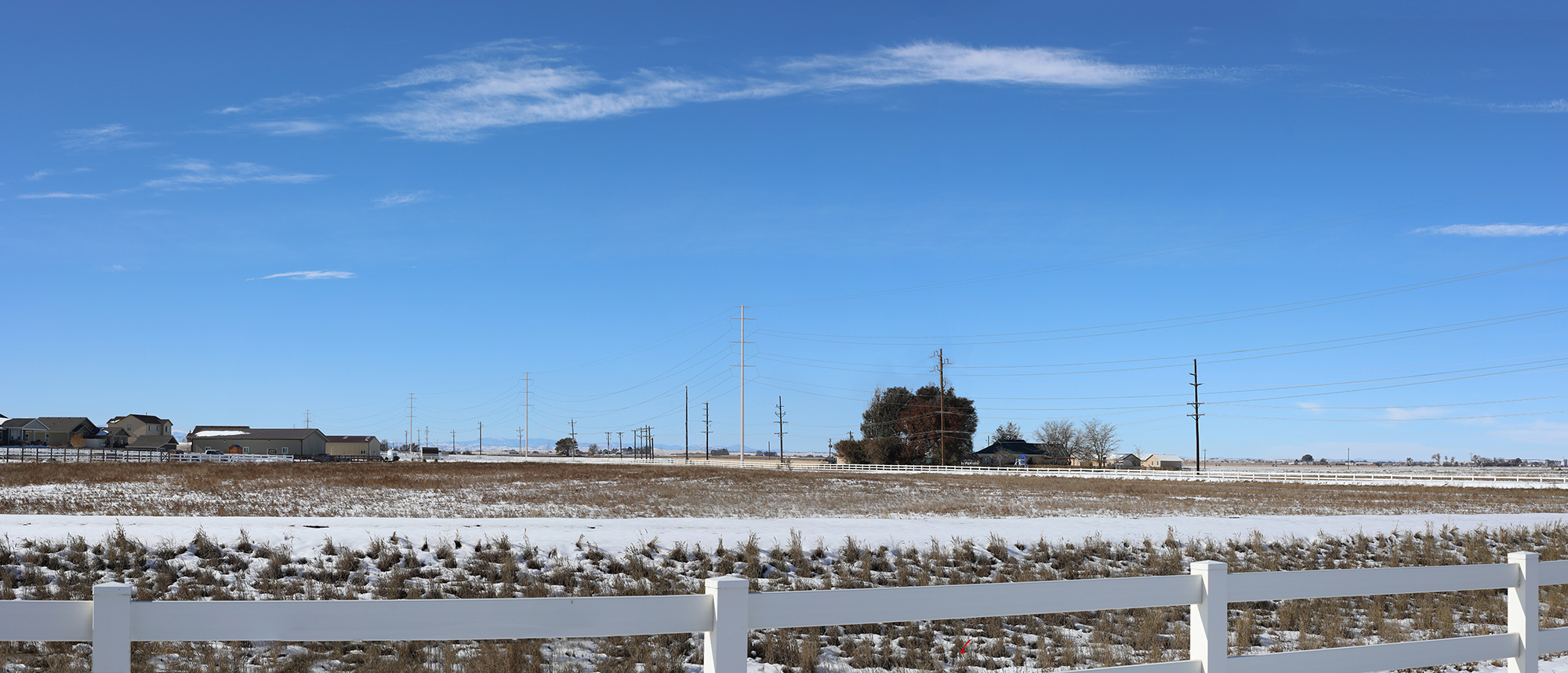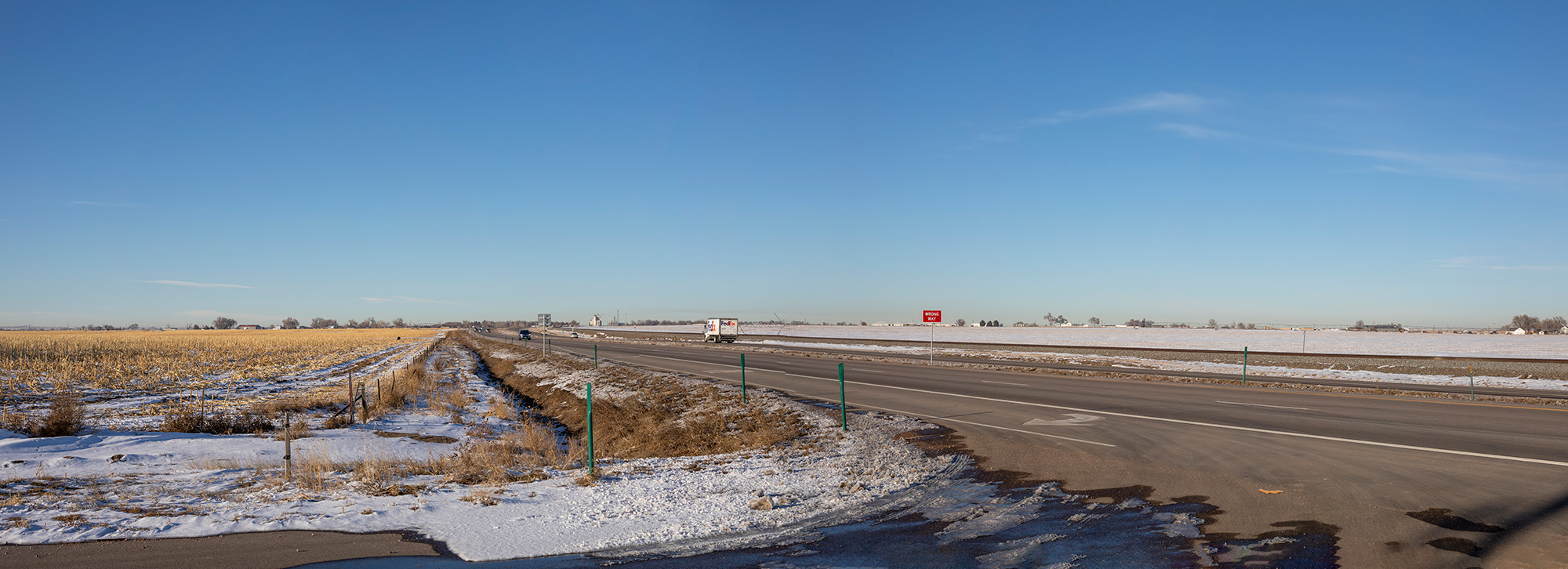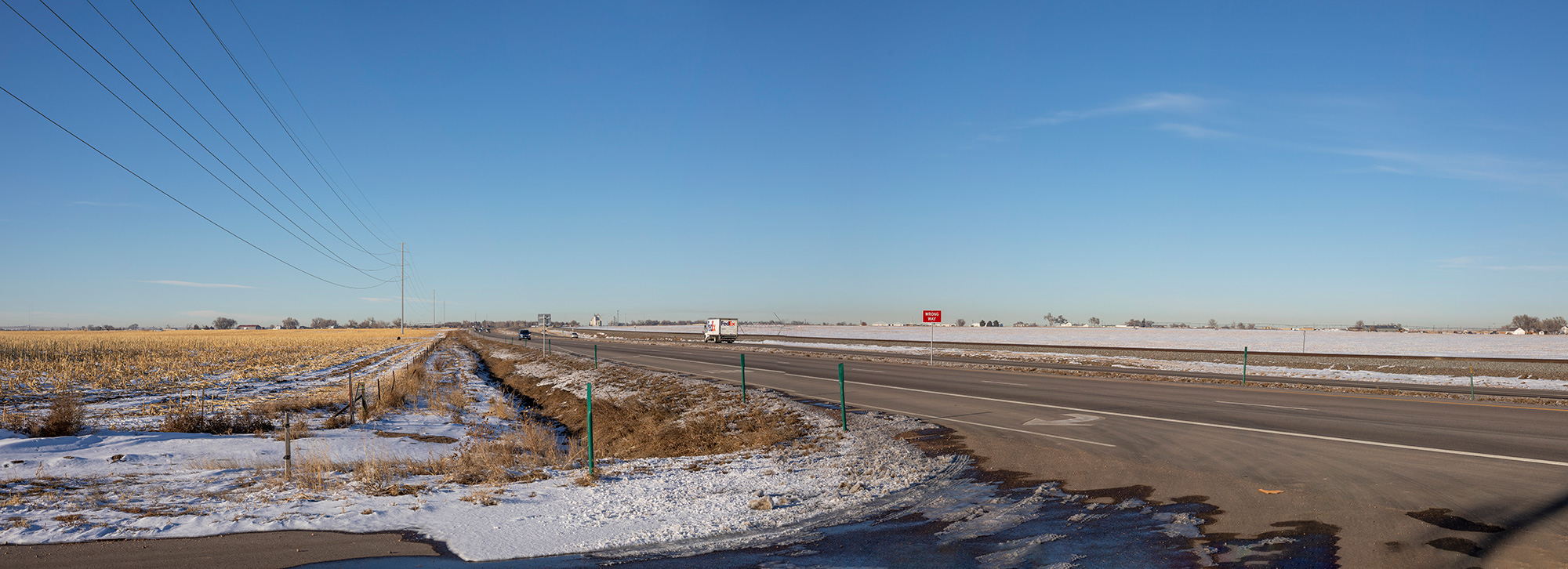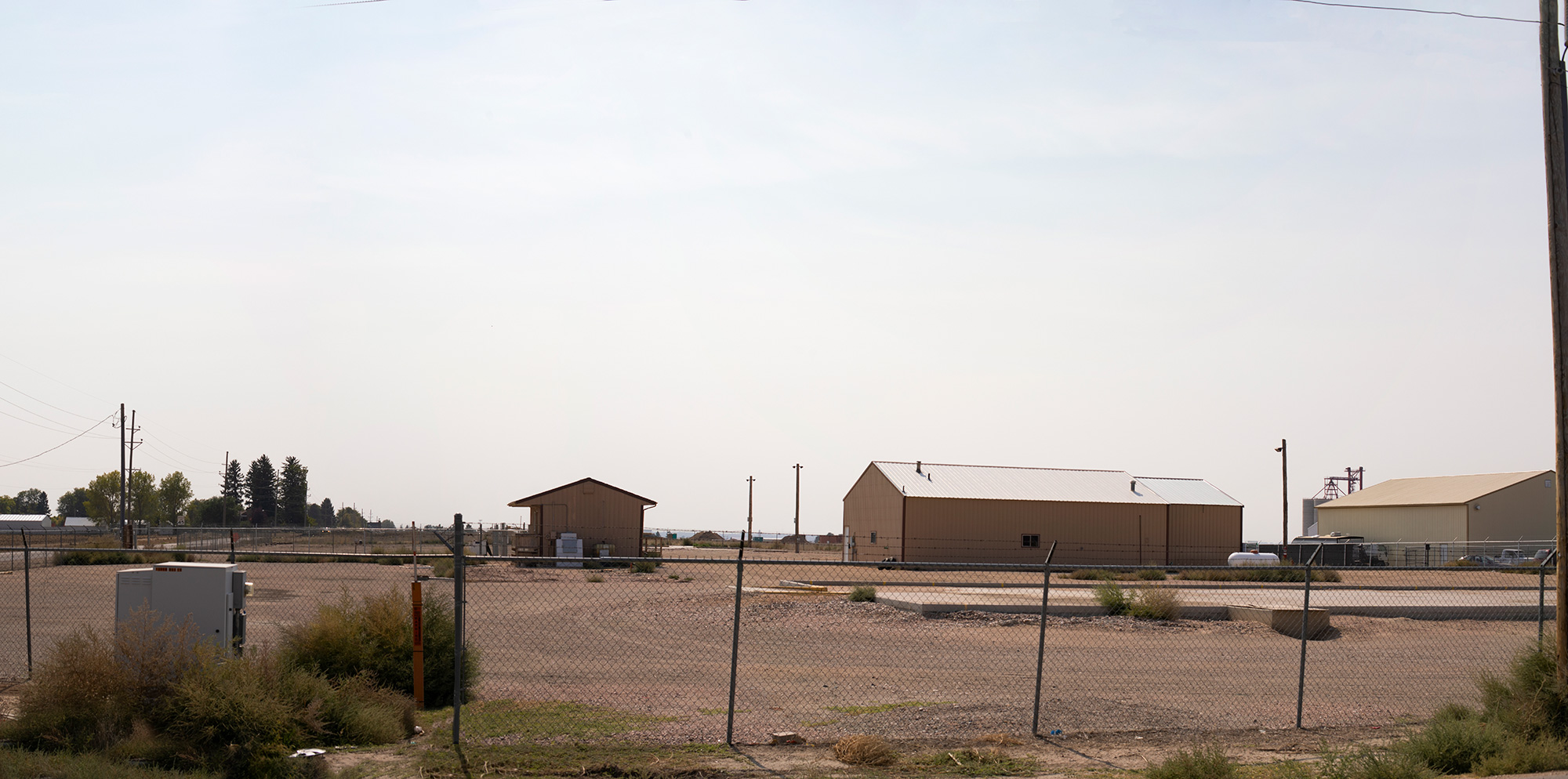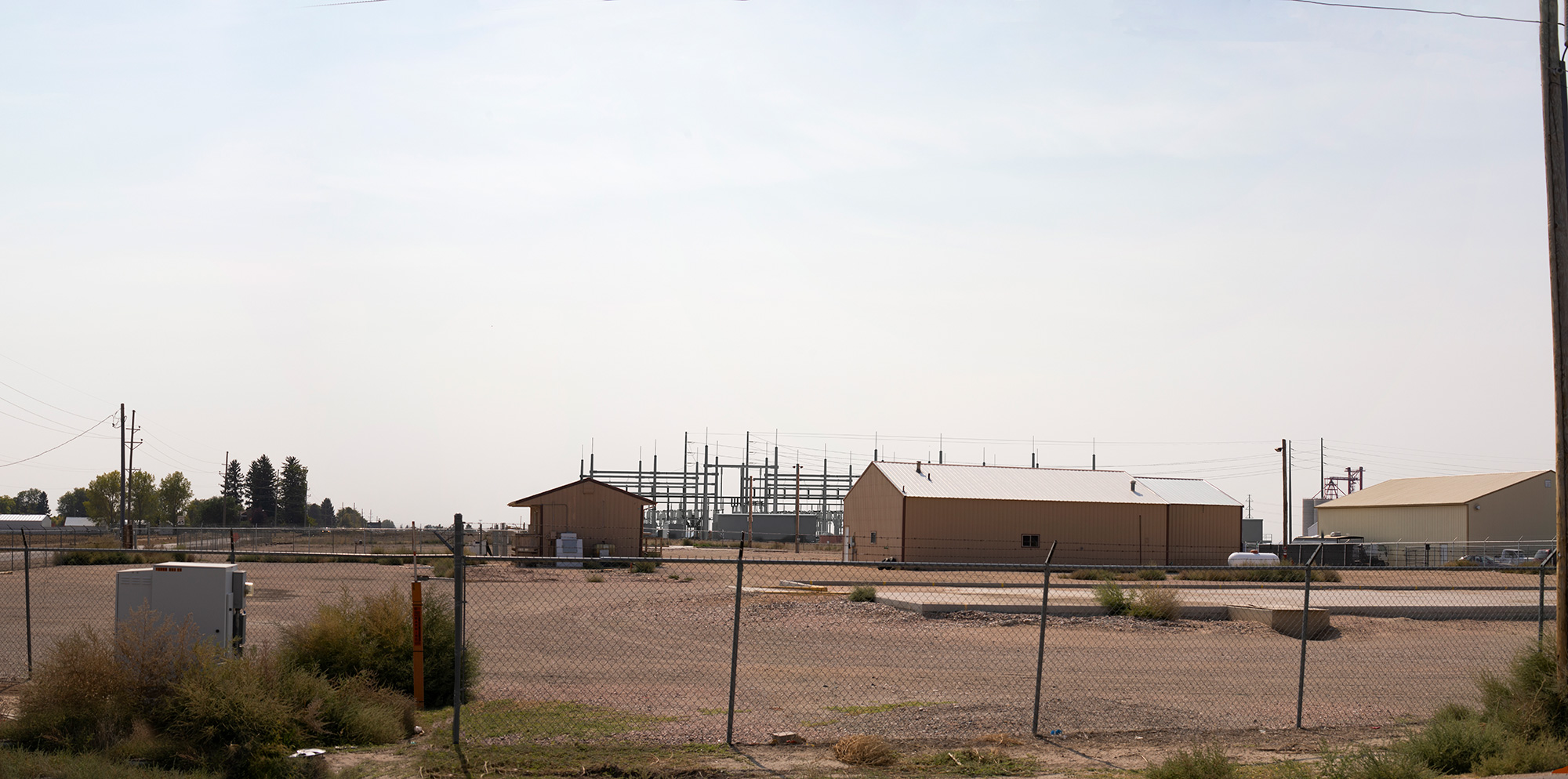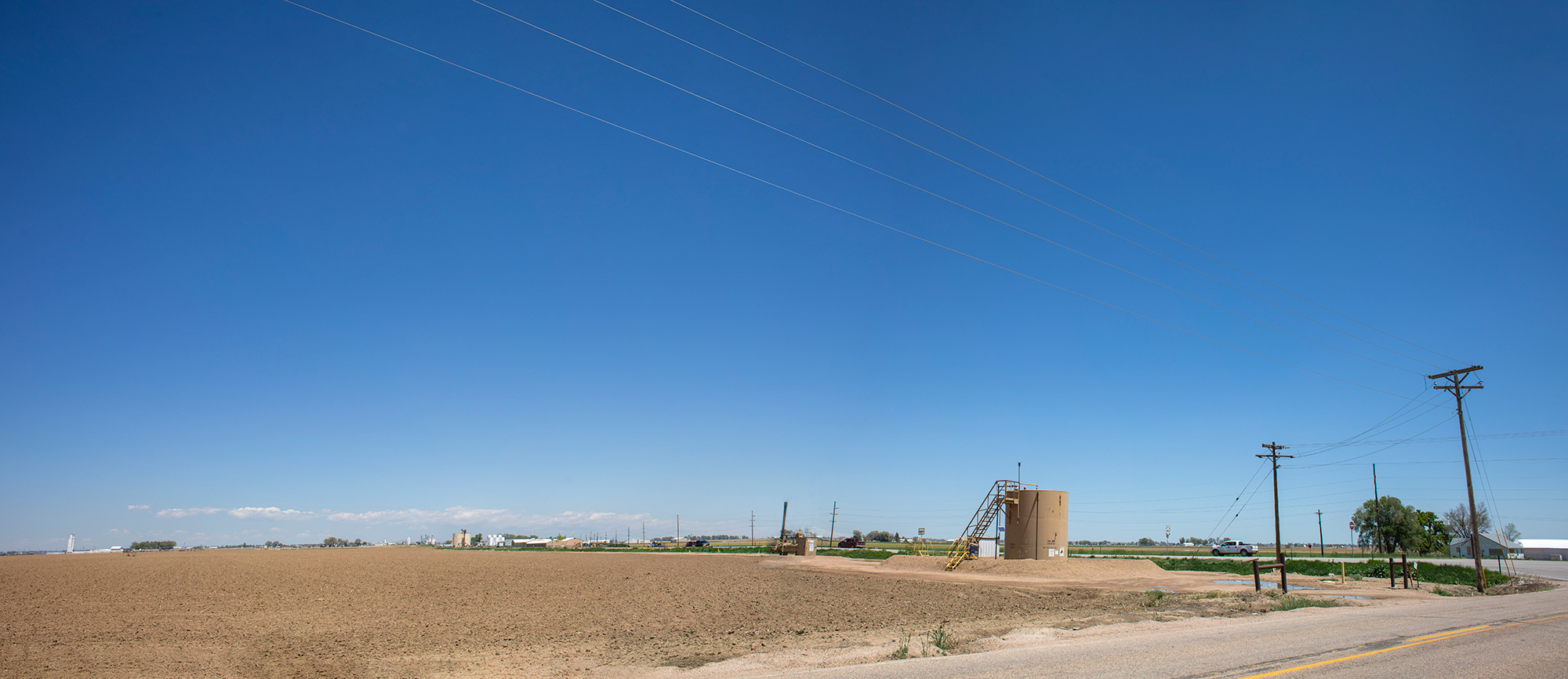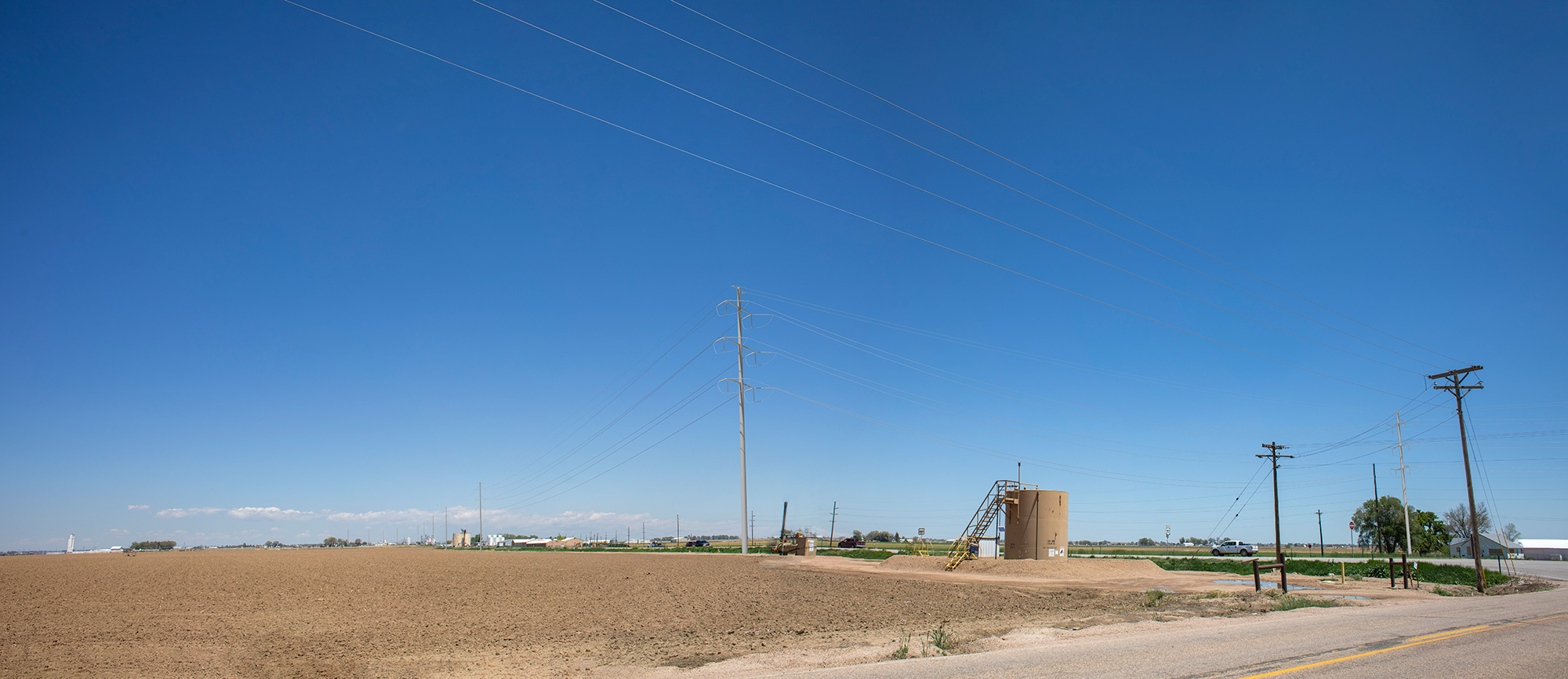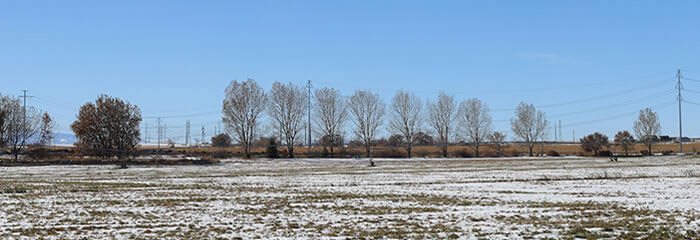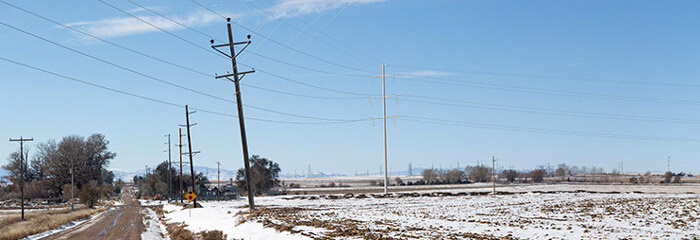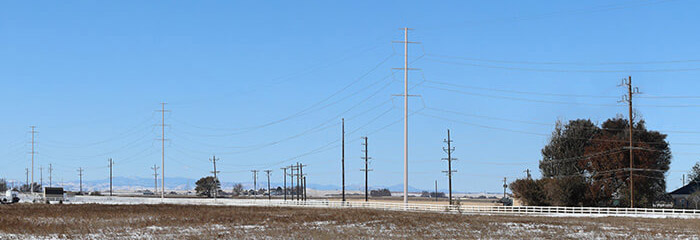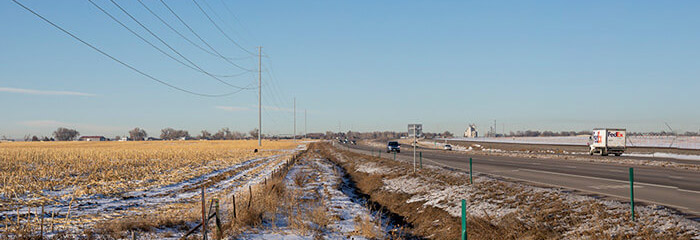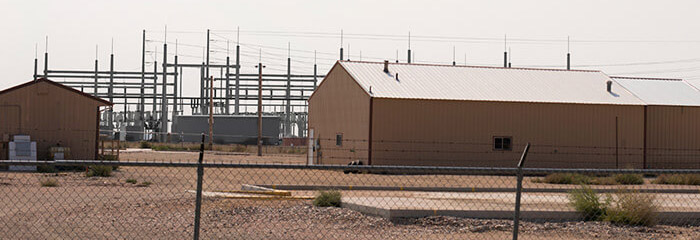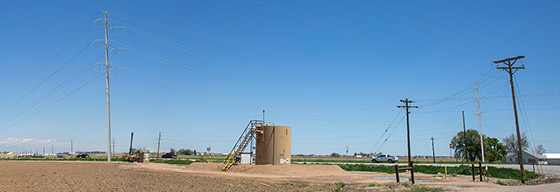Xcel Energy designs, constructs, operates, and maintains its transmission lines and substation facilities to meet or exceed the requirements of the National Electric Safety Code (NESC), United States Department of Labor occupational safety and health standards, and our own power system safety standards. The company provides a maximum degree of safety and protection for the landowner and landowner’s property, the public, and our own employees.
There are land-use activities that are allowed on power line rights-of-way, if the activities do not interfere with operation and maintenance of the power line.
Normal farming activities are permitted if reasonable care is taken to prevent damage to power line structures from farm machinery. Lines are designed to allow safe operation of 14-foot-high (including antennas) farm machinery underneath the wires.
Machinery and Vehicle Guidelines
One of the most important rules to follow when working around power lines with tall equipment is simple. LOOK UP. Know where the power lines are and stay away from them.
Building or Planting Guidelines
The North American Electric Reliability Corporation (NERC) requires electric utilities to meet stringent requirements designed to keep our electric system safe and reliable, including standards for maintaining proper clearances. It is the utility’s responsibility to keep a certain amount of distance around power lines clear of anything that may make contact or near-contact with a power line. This includes buildings and incompatible vegetation.
Trees or other vegetation that could grow into or fall across the conductors may have to be trimmed, topped, or removed. You must call your utility provider before planting any trees or shrubs, or building any structures in power-line right-of-way areas to help avoid problems in the future.
Fence guidelines
Fence wires mounted on weed posts can build up an electrical charge near power lines. Important factors are:
- Length of fence paralleling the power line.
- Distance between the power line and the fence.
- Amount of moisture in the fence posts and the ground.
- Presence of grounding devices such as metal fence posts or weeds growing next to the fence.
Irrigation and Watering Guidelines
The potential for water and metal to conduct electricity makes it important to take safety precautions when irrigating near power lines. Additionally, fertilizers and pesticides tend to increase conductivity of water, making extra precautions necessary. Watering the lawn at your home or business is not problematic; however, you still must prevent a direct, solid stream of water from contacting the power line.
Recreation Guidelines
Safe Construction and Maintenance Practices
Birds and Power Lines
Xcel Energy uses several strategies to reduce the number of birds that are injured or killed when they contact power lines or electrical equipment. The strategies are:
- Preventive – conducting risk assessments and using avian-safe standards where possible.
- Reactive – documenting mortalities, notifying resource agencies, and applying remedial measures where appropriate.
- Proactive – educating employees and being involved in organizations that conduct avian interaction research.
For additional information regarding birds and power lines, visit the Avian Power Line Interaction Committee website at www.aplic.org.
